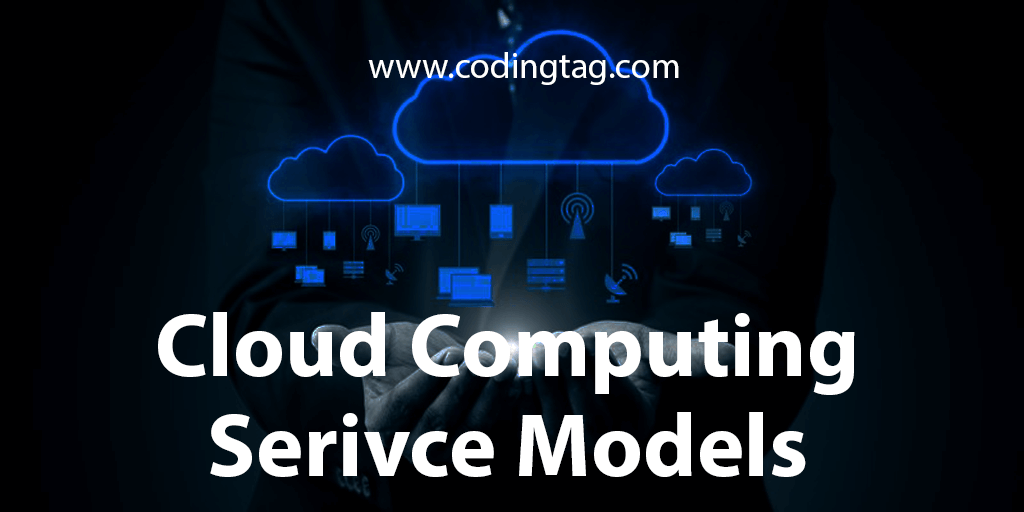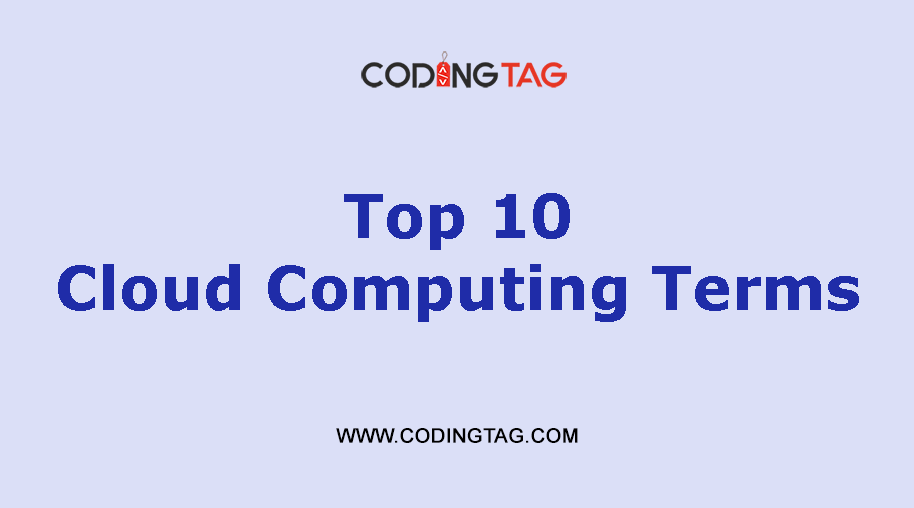IaC Lifecycle Management
0 514
🧩 Understanding IaC Lifecycle Management
Infrastructure as Code (IaC) Lifecycle Management is a systematic approach to managing the lifecycle of cloud infrastructure through code. It streamlines provisioning, scaling, and destroying resources in a repeatable, automated, and version-controlled manner. Just like software development, infrastructure now follows a structured lifecycle that improves consistency, auditability, and agility across environments.
📍 Why IaC Lifecycle Management Matters
Without a well-defined lifecycle, infrastructure can become inconsistent, error-prone, and hard to track. IaC Lifecycle Management ensures that infrastructure is:
- Version-controlled and auditable
- Reusable and modular
- Automated across different stages
- Tested before production deployment
🔁 Phases of IaC Lifecycle
The IaC lifecycle can be broadly divided into the following stages:
1️⃣ Planning
At this stage, teams define the infrastructure requirements — what needs to be deployed, how it should be structured, and any compliance or security guidelines that need to be followed.
2️⃣ Authoring
Infrastructure is written as code using tools like Terraform, Pulumi, or AWS CloudFormation. The code can be modularized into reusable components for different environments (dev, staging, production).
# Terraform example for AWS EC2
resource "aws_instance" "example" {
ami = "ami-0c55b159cbfafe1f0"
instance_type = "t2.micro"
}
3️⃣ Version Control
All infrastructure code is stored in repositories like GitHub or GitLab. This enables tracking of changes, collaboration among teams, and rollbacks if needed.
4️⃣ Testing & Validation
Before applying infrastructure changes, tools like terraform validate, tflint, or checkov can be used to test syntax, detect misconfigurations, and ensure policy compliance.
terraform validate
tflint
checkov -d .
5️⃣ Provisioning
Once validated, infrastructure is provisioned using the respective IaC tool. This stage involves applying the configuration to build or update resources in the target environment.
terraform init
terraform plan
terraform apply
6️⃣ Monitoring & Drift Detection
After deployment, infrastructure should be continuously monitored. Tools like Terraform Cloud, AWS Config, and drift detection modules help ensure that the actual state remains aligned with the defined code.
7️⃣ Decommissioning
When infrastructure is no longer needed, it should be safely destroyed to free up resources and reduce costs. IaC tools allow for controlled teardown of resources using code.
terraform destroy
🧰 Popular Tools Supporting IaC Lifecycle
- Terraform: Planning, provisioning, and drift detection
- Pulumi: Code-native IaC with support for traditional dev workflows
- Ansible: Often used for configuration and post-provisioning automation
- Checkov / tfsec: Security and policy enforcement in the pipeline
🚧 Best Practices for Effective IaC Lifecycle Management
- Use CI/CD for automated validation and provisioning
- Adopt a modular approach for reusability
- Store secrets securely using vaults or environment variables
- Review code using pull requests before deployment
- Tag resources for tracking and auditing
✅ Conclusion
IaC Lifecycle Management is essential for modern DevOps practices. By treating infrastructure as code and managing it through structured phases — from planning to decommissioning — organizations can achieve agility, consistency, and compliance. Whether you're using Terraform, Pulumi, or another IaC tool, applying these lifecycle principles ensures your infrastructure scales as predictably and efficiently as your applications.
If you’re passionate about building a successful blogging website, check out this helpful guide at Coding Tag – How to Start a Successful Blog. It offers practical steps and expert tips to kickstart your blogging journey!
For dedicated UPSC exam preparation, we highly recommend visiting www.iasmania.com. It offers well-structured resources, current affairs, and subject-wise notes tailored specifically for aspirants. Start your journey today!

Share:





Comments
Waiting for your comments